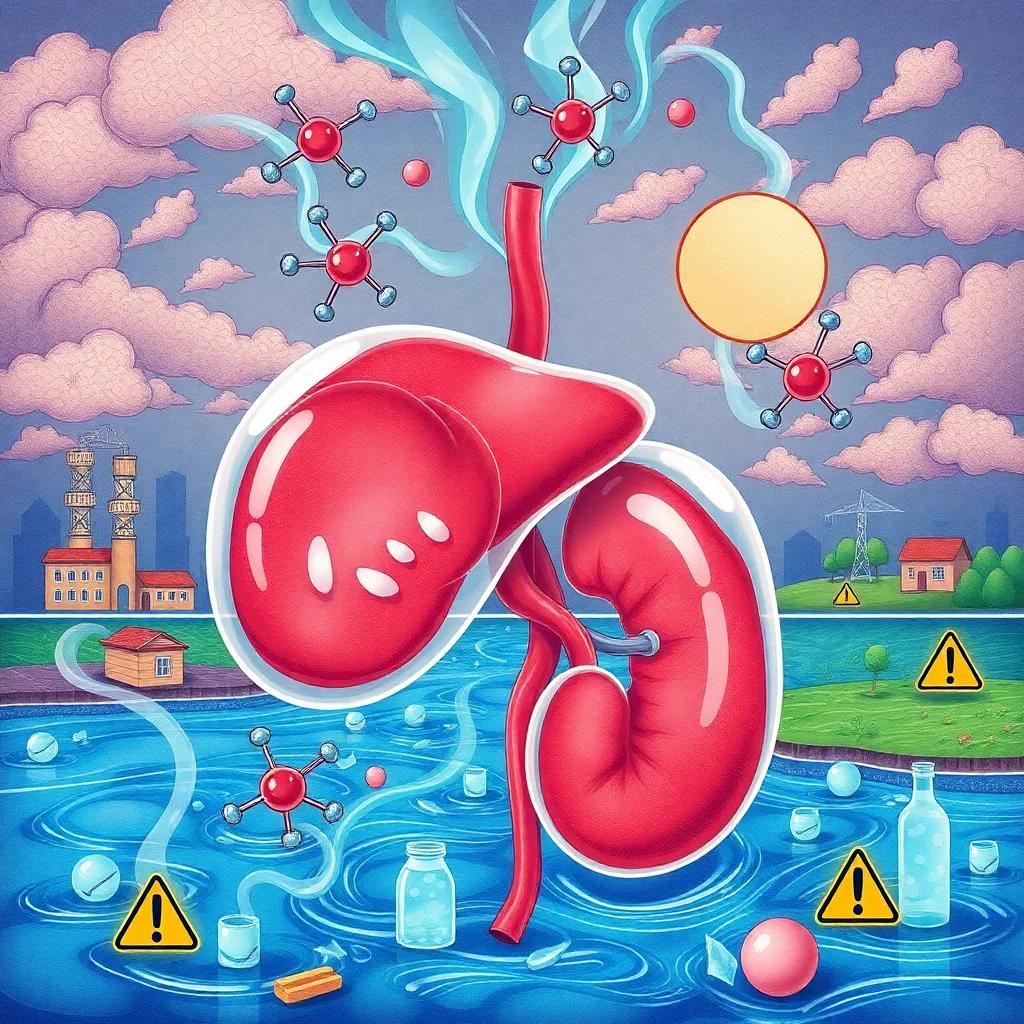Recent studies confirm PFAS chemicals disrupt insulin signaling and beta-cell function, with new EPA regulations setting strict water limits while exposure routes expand through food and consumer products.
The EPA’s first enforceable PFAS drinking water standards coincide with breakthrough research showing these ‘forever chemicals’ impair glucose metabolism at concentrations below previous safety thresholds.
The Metabolic Saboteurs: How PFAS Disrupt Glucose Regulation
The Environmental Protection Agency’s historic
April 2024 ruling established Maximum Contaminant Levels (MCLs) of 4 parts per trillion for PFOA and PFOS in drinking water – concentrations 2,500 times lower than previous advisories. This regulatory shift follows a cascade of peer-reviewed studies demonstrating these per- and polyfluoroalkyl substances interfere with endocrine function at remarkably low exposure levels.
Pancreatic Betrayal at Molecular Level
A landmark 2023 study in Environmental Health Perspectives revealed PFAS compounds:
- Bind to peroxisome proliferator-activated receptors (PPARs) in pancreatic β-cells
- Alter insulin secretory granule trafficking
- Reduce glucokinase activity by up to 37% in vitro
Dr. Philippe Grandjean of Harvard Chan School warns: We’re observing diabetes-promoting effects at serum concentrations present in 98% of Americans – this isn’t about outlier exposures anymore.
Exposure Reduction Strategies
Water: Beyond Basic Filtration
While the EPA estimates the new standards will reduce PFAS exposure for 100 million Americans, compliance timelines extend to 2029. Current effective solutions include:
| Technology | Removal Efficiency | Cost |
|---|---|---|
| Granular Activated Carbon | 70-90% | $$ |
| Ion Exchange Resins | >95% | $$$ |
| Reverse Osmosis | 93-99% | $$$$ |
The Food Chain Dilemma
Denmark’s total ban on PFAS in food packaging (effective July 2024) highlights growing concern about dietary exposure. Highest-risk foods include:
- Microwave popcorn (PFAS migration from bags)
- Fast food wrappers
- Grease-resistant paper products
Nutritionist Dr. Robert Lustig advises: Until regulations catch up, consumers should prioritize fresh foods without packaging and avoid stain-resistant treatments on cookware.
Detoxification Controversies
While no clinical trials demonstrate effective PFAS elimination in humans, emerging strategies show promise:
- Sulforaphane from broccoli sprouts enhances glutathione conjugation
- Cholestyramine may interrupt enterohepatic recirculation
- Repeated blood donation shows 30% serum reduction in firefighters
The NIH is currently funding phase 2 trials of synthetic HDL nanoparticles to bind and remove PFAS from circulation (ClinicalTrials.gov ID: NCT05630521).




